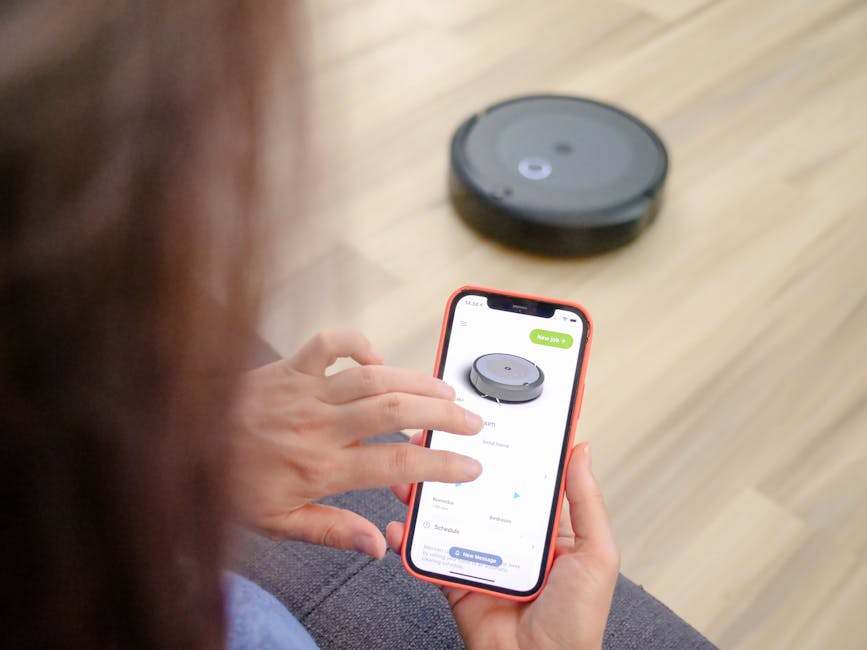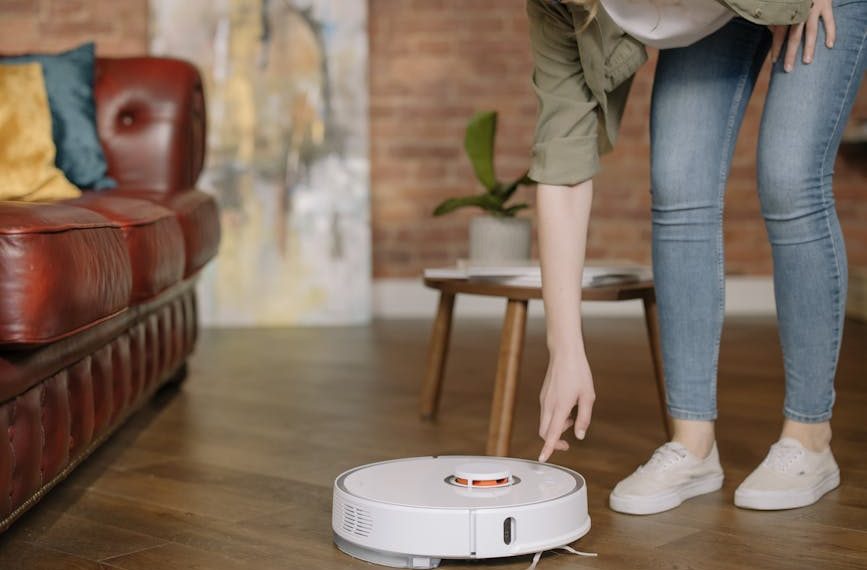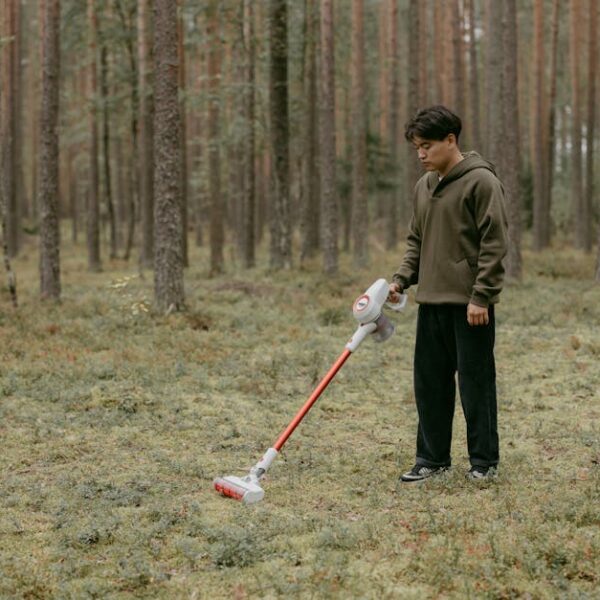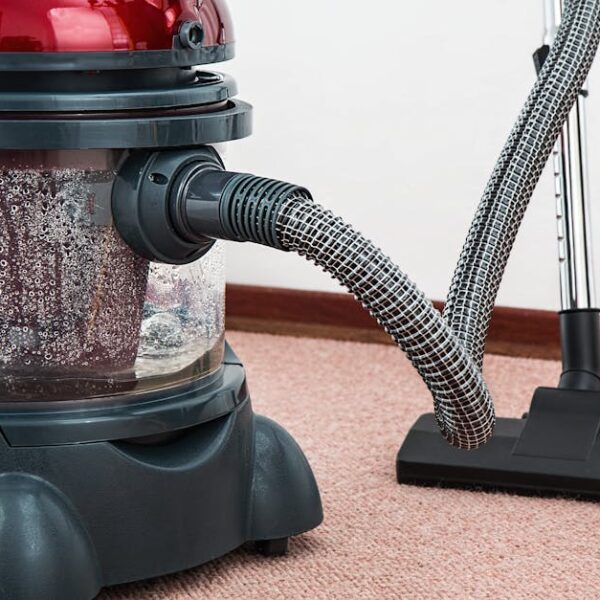The mystery behind reversing the airflow of a vacuum cleaner, empowering it to carry out blower functions is easier to unravel than you think. It’s about understanding the concept of airflow within vacuum cleaners and a safe, manageable methodology to alter this course. Delving into the feasibility of turning your vacuum cleaner into a blower, this comprehensive guide is replete with step-by-step instructions, pro tips, and best practices to ensure your vacuum’s transformation is as smooth as possible.
Understanding the Basic Concept of Airflow in Vacuum Cleaners
Essentially, a vacuum cleaner operates on the simple mechanism of a fan motor creating suction and the force of a pressure difference pulling in air. This air movement, termed as airflow, is integral to the vacuuming process. It exerts pressure on the dust and dirt, proceeding to lift and bring it into the vacuum cleaner.
There exist four primary components that orchestrate the airflow in a vacuum cleaner:
- Motor: It drives the fan, generating powerful suction.
- Bag: The bag collects the dust and debris pulled in.
- Filter: It filters out particles and prevents them from escaping back into the air.
- Hose and attachment nozzle: They guide the airflow and direct the suction onto your surfaces.
::: tip
Each component plays a vital role in maintaining the optimum functionality of your vacuum cleaner. Hence, ensuring their proper maintenance is crucial.
:::
The Feasibility and Safety of Reversing Airflow in Vacuum Cleaners
Reversing the airflow of a vacuum cleaner is a viable option but is not suitable for all makes and models. Canister vacuums and shop-vacs usually have this function built-in, but it’s generally unsafe to manually modify other types.
| Vacuum Cleaner Model | Safe to Reverse Airflow |
|---|---|
| Canister Vacuums | Yes |
| Shop-vacs | Yes |
| Uprights | No |
| Handheld | No |
::: tip
When attempting to reverse the airflow in a vacuum cleaner, remember to always unplug the appliance to avoid any potential electrical hazards. Furthermore, ensure there is no dust or small particles lodged within the hose, as it could get ejected at a high speed when the process is initiated.
:::
Step by Step Guide to Reversing Vacuum Cleaner Airflow
To successfully transform your vacuum cleaner into a blower, follow a comprehensive step-by-step guide. However, before embarking on this journey, it’s important to assemble the right set of tools. Gather a flat-head screwdriver, needle-nose pliers, and a cloth for cleaning. Your vacuum cleaner’s user manual could also prove handy.
::: tip
Make sure your vacuum cleaner is clean before you commence. Keeping a canister or bagged vacuum cleaner could result in dust and debris spreading around when you use it as a blower. Clean up and you’re set for a successful conversion.
:::
Proper Maintenance and Care After Reversing Airflow in Vacuum Cleaners
Once the airflow is successfully reversed, maintaining the vacuum cleaner in this new mode is key. Considering the vacuum was not originally designed for this function, extra caution should be implemented.
- Regular cleaning: The bag and motor should be cleaned regularly, especially if the cleaner is frequently switched between blower and vacuum modes.
- Avoid overuse: As the vacuum is now operating in a function it wasn’t primarily designed for, overusing it in its blower capacity could potentially damage the motor in the long run.
- Proper storage: Make sure the vacuum cleaner is stored suitably to avoid any damage to the modified parts.
::: tip
Monitor the motor closely. It may strain under the reversed airflow function, which could result in an overheat. If it becomes hot to the touch during blowing operation, immediately switch it off and give it time to cool down.
:::
| Pros of Using Vacuum Cleaner as Blower | Cons of Using Vacuum Cleaner as Blower |
|---|---|
| Can perform dual functions, vacuuming and blowing | Possible damage to the motor over time |
| Can be used for a wider variety of tasks | Regular maintenance required |
| Usually no additional costs | Requires careful storage |
Application and Uses of Vacuum Cleaners with Reversed Airflow
A reversed vacuum can serve various purposes apart from just house cleaning.
- Blowing leaves: A reliable tool for getting your garden autumn-ready, your reversed vacuum can easily blow away those piles of leaves.
- Inflating balloons or air mattresses: No need to expend your breath, just attach the nozzle and watch as inflatables expand within minutes.
- Cleaning hard-to-reach areas: With a reversed vacuum, you can blow dust out of those annoying nooks and crevices.
::: tip
Be creative and think of other practical needs where reversed vacuum cleaners can turn out to be a savior. Be it dusting a computer keyboard or blowing away spider webs, the options are endless.
:::
It’s a whole new world once you switch your vacuum cleaner to a blower. Enjoy the transition, but remember, respect the machine’s limitations and focus on its care and maintenance for a long and productive life. Happy cleaning—or should we say, blowing!
Key Takeaway:
- Vacuum cleaners operate on the principle of airflow, created by a fan motor to suck in air and dust. Four primary components – the motor, bag, filter, and hose with attachment nozzle – make this operation possible.
- Not all vacuum cleaners are safe or suitable for reversing airflow. Canister vacuums and shop-vacs usually have this function built-in.
- Reversing the airflow requires a step-by-step guide, essential tools, and adherence to necessary safety precautions.
- Regular maintenance and proper storage are crucial after reversing vacuum cleaner airflow, particularly if switching frequently between vacuum and blower modes.
- With reversed airflow, vacuum cleaners can be used diversely around the house and garden, such as blowing leaves, inflating balloons, and cleaning hard-to-reach areas.
Remember, the process of reversing your vacuum cleaner’s airflow is both feasible and beneficial if done correctly, but it requires due diligence and appropriate handling. Always make safety your priority and ensure regular maintenance for a prolonged and productive life of your home appliance.
Can a Vacuum Cleaner with Brush Issues Still Be Used as a Blower?
A vacuum cleaner with brush issues may still serve as a blower, but its effectiveness could be compromised. If you’re facing challenges, it’s wise to troubleshoot wyze cordless vacuum brush issues before relying on it for blowing debris. Ensuring the vacuum’s functionality will enhance your cleaning efficiency.
FAQs
Q: Can all types of vacuum cleaners be used as blowers?
A: No, not all vacuum cleaner models are safe or designed to have their airflow reversed. This feature is commonly built-in for canister vacuums and shop-vacs.
Q: Are there any safety precautions I should consider when reversing the airflow?
A: Definitely. Always ensure the cleaner is unplugged and there are no small particles lodged within the hose that could be ejected at high speed.
Q: What common uses are there for a vacuum cleaner with reversed airflow?
A: A vacuum cleaner with reversed airflow can be used for blowing leaves, inflating balloons or air mattresses, and cleaning hard-to-reach areas, among other uses.
Q: Could reversing the airflow of my vacuum cleaner damage the motor?
A: Yes, if the vacuum cleaner is not designed for this purpose, long-term use in blower mode could potentially damage the motor. Hence, avoid overuse and monitor the motor regularly.
Q: What kind of maintenance does a vacuum cleaner-turned-blower require?
A: Regular cleaning of the bag and motor, limiting its use in the blower mode, and proper storage are essential components of its maintenance.
We hope you found this article helpful. If you did, feel free to share it and explore more posts on our website for similar insights.












